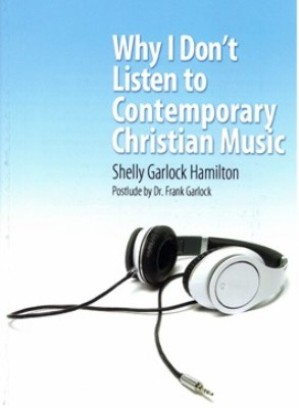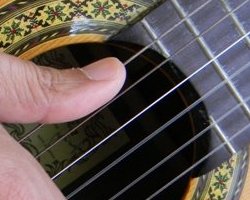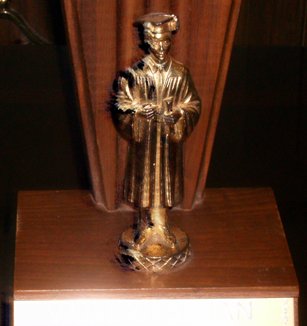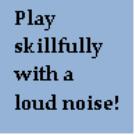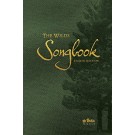Highly skilled guitarists are able to play wonderful solos that are very suitable for preludes, offerings, and other forms of special music in church services. For many reasons, most Christian guitarists, however, will never attain the high levels of skill and musicianship necessary to glorify God with the skillful playing of guitar solos.
By contrast, many people who will never be great soloists can still become highly competent accompanists by learning the following five great ways to use the guitar to accompany others:
Strumming and Picking
Strumming and picking are the two primary ways that the guitar has been used historically to accompany other musicians. The vast array of strumming and picking patterns available to skilled guitarists makes these accompaniment styles two great ways that the guitarist can complement other musicians nicely.
My friend Daniel Hendrix and I have recorded a video Symphony No. 9 “From the New World” that displays the use of the guitar to accompany another musician with these two accompaniment styles. In this video, I strum the chords the first and the third times that we play the piece and pick them on the second time.
In addition to strumming and picking, there are three other great ways to use the guitar to accompany other musicians. Developing skill in these other accompaniment styles makes a Christian guitarist far more capable of richly enhancing the musical ministry of both vocalists and other Christian instrumentalists.
Playing a Single Harmony Part
Most guitarists learn to read notes from the treble clef and play them an octave lower than they are played and sung by other musicians. By learning to read both bass and treble clefs and to play the notes at the same pitches that they are played and sung by other musicians, a guitarist can accompany others very nicely.
I often use this accompaniment style with my students. For example, I often play the tenor part of a hymn while they play the melody.
Playing Multiple Harmony Parts at the Same Time
Another benefit of learning to play from both clefs is having the ability to play multiple harmony parts at the same time. This accompaniment style provides a guitarist with another rich way to accompany a vocalist or another instrumentalist.
For example, the guitarist can strum on stanza one of a hymn, play multiple harmony parts on stanza two, and then pick on stanza three. I often accompany my students in their lessons by playing both the bass and tenor parts while they play the melody.
Playing the Melody and One or More Harmony Parts at the Same Time
Another useful variation is to play the melody and the alto part of a hymn at the same time while another guitarist strums or picks. I use this style often (playing both parts an octave lower than written, as with the traditional guitar method), and I am also developing more skill at playing similarly the melody and the tenor part of a hymn together.
By learning these five great ways to accompany others, a Christian guitarist can still glorify God in music ministry even though God has not gifted him to be a skilled guitar soloist!
Copyright © 2011-2024 by Rajesh Gandhi. All rights reserved.


